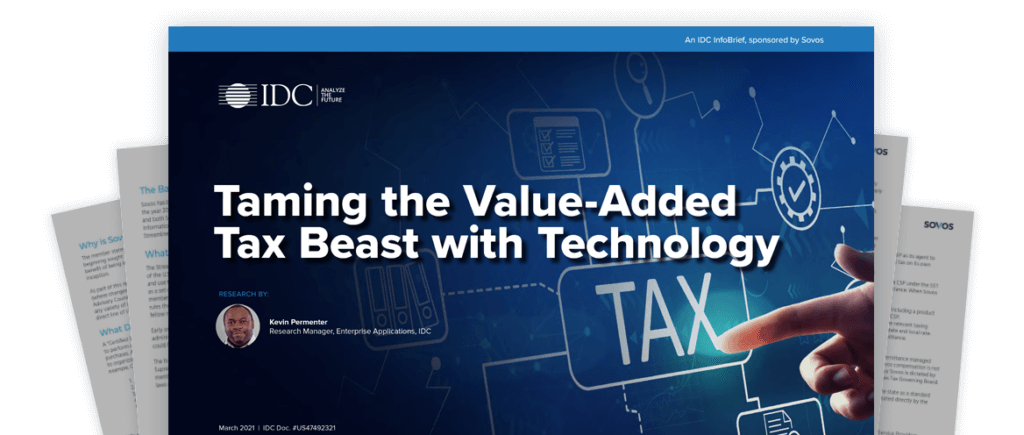Taming the Value-Added Tax Beast with Technology
Value added tax (VAT) continues to increase in complexity as governments explore new methods for increasing revenues and closing tax gaps. In our newest IDC sponsored InfoBrief, “Taming the Value-Added Tax Beast with Technology” we explore the driving forces behind the VAT evolution and why it has led to increased complexity for organizations conducting business internationally.
The global VAT evolution is the result of many countries scrapping their local tax infrastructure and implementing a common global value-added tax (VAT) structure or significantly changing their VAT system. This shift adds a significant amount of change (for countries that switched to VAT) and uncertainty (for countries that are yet to switch) into corporate tax processes, especially for companies with interests in these new VAT countries.
